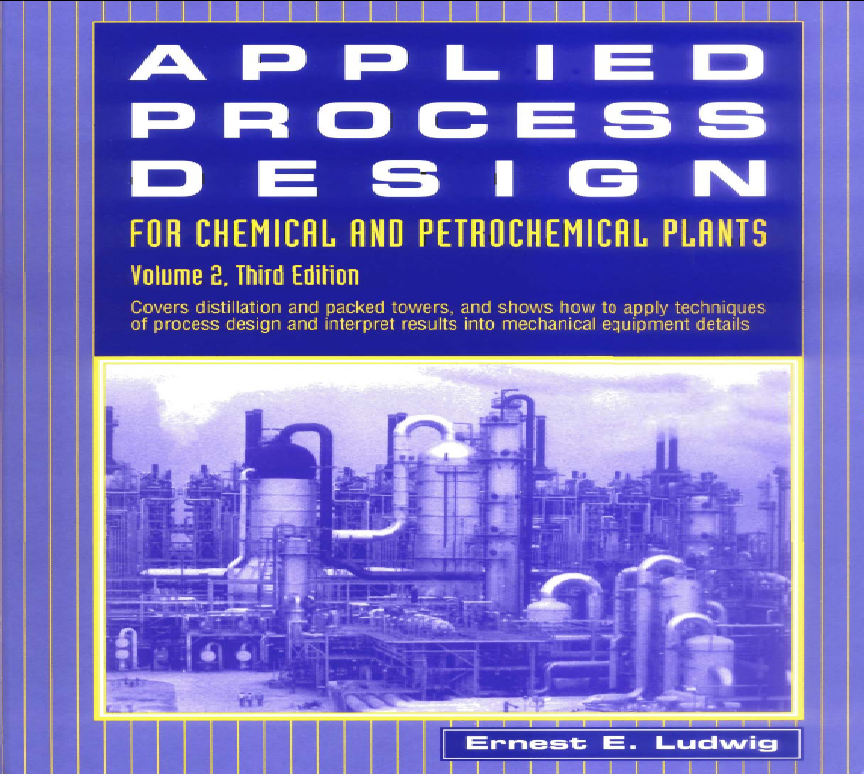Concept of Modern Physics – Arthur Beiser, Tata McGraw Hill Engineering Physics – R.K. Gaur and S.L.Gupta, Dhanpat Rai Publishing Co. Modern Physics – J.B. Engineering Chemistry – Jain & Jain, Dhanpat Rai Publishing Co.
A Text Book of Engineering Chemistry – M.M. Uppal, Khanna Publisher s Environmental Chemistry – B.K. Sharma, Goel Publishing House Engineering Chemistry – S.S. Dara, S.Chand and Co. Lectures per week:6 Theory: 100 marks Practicals per week: 3 Term Work: 25 marks.
Applied Mathematics 1 By Kumbhojkar Solutions Gv Kumbhojkar Applied Mathematics 2 Solutions Gv Kumbhojkar Applied Mathematics 1 Solutions G V Kumbhojkar Applied.
SARAYKAR, Editor - in - Chief. Of pure and applied Mathematics at undergraduate. Kumbhojkar H. V.: (contd.) Mathematics. 1 Applied Statistics 9546 03. To use mathematics in solving problems of Textile testing. 1 G.V.Kumbhojkar Statistical Technique Phadke Prakashan.
Abstract This chapter reports experimental investigations and theoretical approaches devoted to analyze the electronic, optical, and vibrational properties occurring in semiconducting photoactive materials in their bulk form or as nanosized objects. An original cluster approach was developed to describe the physical features of nanoparticles and the impact of their surface on photoinduced charge transfer phenomena. Photovoltaic and photocatalysis are two major applications for both clean environment and sustainable sources of energy as well. In this context, semiconducting nanocrystals from defined oxide families have attracted increasing interest during the last decade for their promising potential in renewable energy applications because of their versatile and coupled optical and electronic properties. More specifically, the semiconductor oxides as titanium oxide and bismuth vanadate-based materials can be tailored in nanosized and mesoporous structures. The electronic and optical features may be modulated in large extents when dye molecules are used as sensitizing vectors enhancing the efficiency of solar cells, energy storage, and photocatalyst.
These applications depend on the reactive surface area, morphology and nanostructuration, doping and sensitizing agents, as well as controlled vacancy rates acting on the charge transferpeculiarities. In parallel to experimental investigations dedicated to selected forms of photoactive semiconducting oxides, original theoretical approaches were developed to analyze the key features of the considered functional systems. Using an integrated approach associating theoretical models and numerical simulations, the influence of the size and morphology of nanoparticles on their electronic and optical properties was pointed out. The cluster approach methodology was developed to simulate the electronic properties of semiconducting nanocrystalline materials as isolated objects or functionalized by organic dye molecules. The construction of the system proceeds by the crystal structure frozen in the cluster core while the surface is modified according to the environmental interactions. Theoretically, it was proved that nanostructures exhibit patchwork properties coming from the bulk material including core crystal structure and from surface effects caused by environment. On the other hand, the role of doping of the considered structures by metallic elements was investigated on the photoactivity mechanism involved in nanoparticles.
The nature of vacancies located close to the dopants plays a crucial role on the electronic and optical features in the photoactive materials. Thus, the theoretical approaches and the carried out numerical simulations contribute to draw quantitative insights of the physical properties of functional semiconducting oxides in agreement with relevant experimental analyses. Abstract: An elliptic curve E defined over a finite field K, E(K) is the set of solutions to the general Weierstrass polynomial E: y2 + a1xy + a3y = x3 + a2x2 + a4x + a6 where the coefficients a1, a2, a3, a4, a6 є K. There exist a well defined addition of points on each curve such that the points form an abelian group under the addition operation. This group is either cyclic or isomorphic to the product of two cyclic groups. These set of solutions that form the group lie in the closure of the field K over which the curve is defined. If we allow the set to lie only in a particular extension of K, the addition operation is well defined there too.
Multiple data formats such as float, double andlong with word order swapping are available. You can read and writeregisters and coils from any window. Or you can change multipleregisters/coils. Crack modbus poll serial key. For each window you simply specify the Modbus slave ID,function, address, size and poll rate. If you want to change a singleregister, simply double click the value.
Therefore we can associate a group to every extension K' of the field K denoted by E(K'). Will the structure of the group defined over the base field K, be affected if the same group is made to lie in the extension K' of K?
• Apply the official SpellForce v1.52a Patch (for Multi-Player support). Spellforce platinum edition trainer. • Apply the official. • Install the Shadow of the Phoenix Add-On - Full Installation. • Replace the original SPELLFORCE.EXE file with the one from the File Archive. MT-X File Archive [49.3 MB] - MegaTrainer eXperience - Updated - File Archive [3.8 MB] Play Instructions: • Install the game - Full Installation.
